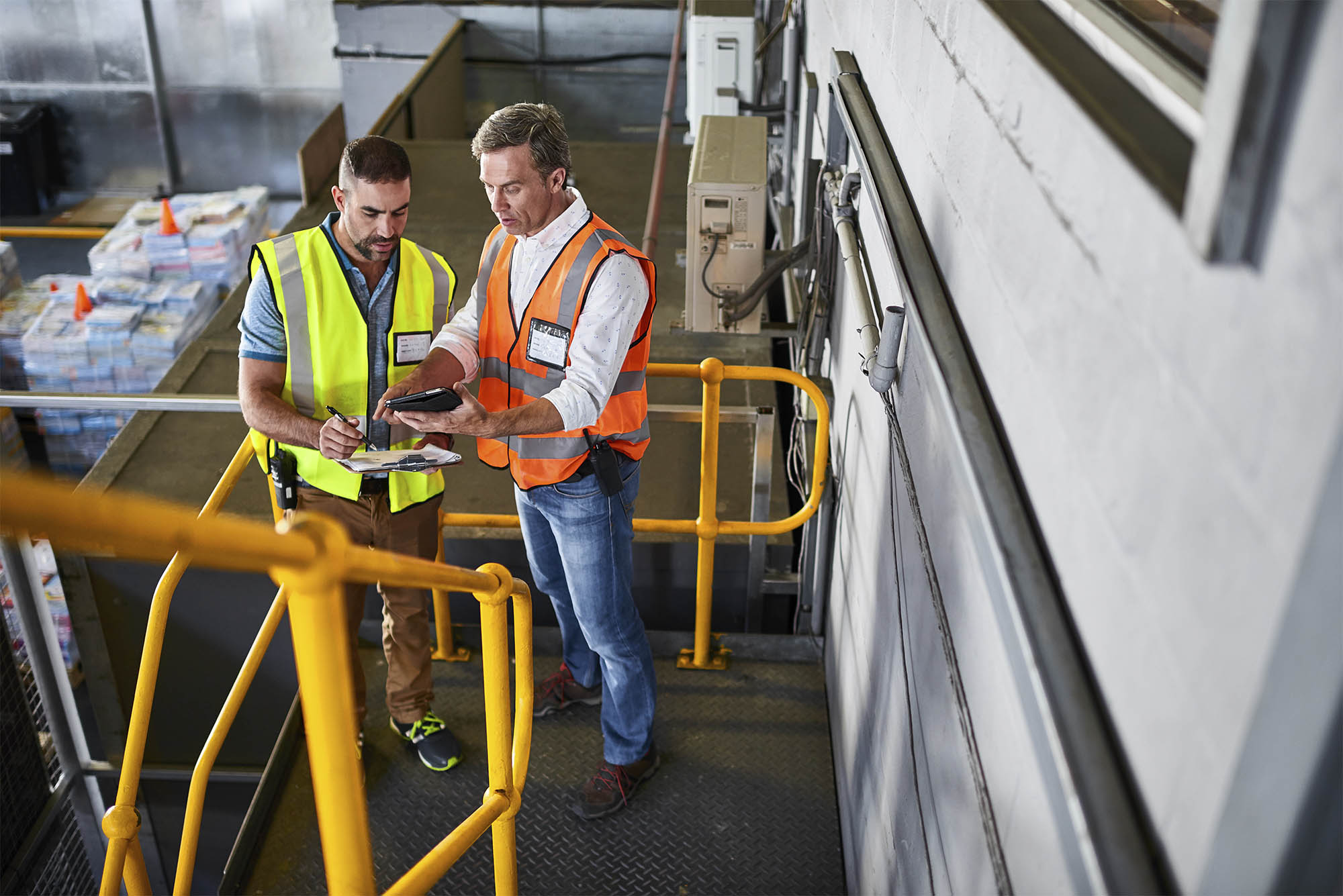Safety management has evolved with time. As a profession, it has arguably helped drive down the number of injuries and illnesses in the workplace. Frequency rates are currently one-fourth of what they were in 1972 when the regulatory era began. The rate of decline, however, is far less impressive over the last decade and has essentially plateaued in the past five years. The answer isn’t more rules or regulations and doesn’t involve renewed emphasis on improving past practices. While those efforts may help, they won’t result in the statistical shift needed to create the next step-change in safety. For that to happen, we must better understand at-risk behaviors, which are the leading cause of injuries on the job.
5 Things You Should Know About At-Risk Behaviors
While most modern safety practices are rooted in behaviorism, a form of psychology dating back to the first half of the 20th century, we must turn to modern neuroscience to move forward. An example of why this is true involves the foundation and basis for most decisions. While human behavior was previously believed to be purely based on logic and reason, neuroscience has proven otherwise. As it turns out, we are irrational by nature and rely heavily on affective influences in real-time decision-making. These human factors help explain most at-risk behaviors and must be accounted for as future strategies in workplace safety begin to take shape. For reference and consideration, here are five things you should know about at-risk behaviors.
We process risks intuitively, as a “gut instinct” and respond to it affectively as a feeling or emotion.
This process occurs naturally, in real-time, in response to real-world circumstances. As it turns out, how we feel about risk is far more impactful than what we might think about it. While we might think speeding or talking on a cell phone is unsafe, we don’t necessarily feel unsafe when we do it.
By our very nature, we’re driven to pursue gain and avoid pain.
At-risk behaviors occur when there’s an anticipated benefit that outweighs all perceived costs. We like comfort, convenience, and ease and will accept some risks to get it. This helps explain why we’ll stand on a chair to change a bulb, when getting a ladder may require a little more effort and only a few moments more to do.
We value certain and immediate benefits more than distant or possible costs.
The “hassle” of wearing ear protection now to prevent hearing loss that may not be realized for years, or perhaps even decades later, is a classic example of how this impacts our perception of risks. This also helps explain why diets so often fail. The immediate benefit of eating cake or ice cream, for many, outweighs the long-term or delayed benefits of eating salads.
We rely heavily on past experiences and subsequent outcomes to refine our perception of risks.
In reality, at-risk behaviors seldom result in injury or loss. It’s for this very reason that the term “unsafe” has little to no meaning in conversation with employees. When an employee takes a shortcut, bypasses standard operating procedures, or assumes unnecessary levels of risks for a benefit that’s realized – their behavior is intrinsically reinforced. When this happens, the likelihood of recurrence increases. Telling an electrician that it’s “unsafe” for them to work on an energized system, something they may have done successfully hundreds or even thousands of times before, is at odds with their actual experience. For that very reason, we should focus instead on levels of risks and emphasize the need for improvement – not perfection.
We’re creatures of habit and operate most often on autopilot.
As humans, we process, interpret and respond to the world around us in two fundamentally different ways. Our primary mode of operation occurs naturally and requires no effort. It allows us to take in enormous amounts of information and respond to any number of needs simultaneously. This system relies on intuition and impulsive feelings or emotions to guide decision-making in response to any given situation or circumstance. Our secondary mode of operation is more calculated and deliberate and is bound by a greatly limited capacity in comparison to our primary mode of operation.
A key difference between these two systems involves the degree of awareness associated with each. While our secondary mode involves high levels of conscious awareness, our primary mode does not. For this reason, most decisions and subsequent actions occur subconsciously, or while on “autopilot”. Most modern safety practices don’t account for the role of subconscious behaviors or the at-risk habits associated with them. To create a true shift in workplace safety, this topic must get more attention. We must better understand ways to support employees as they trade bad habits for good ones – the means by which personal growth and improvement are realized.
The Next Era of Safety is Human-Centric
Creating a seismic shift in safety performance, in proportion to what has been experienced in the last 50 years, is highly unlikely. The opportunity for creating and sustaining a statistical shift, however, is possible. The answer isn’t doing more of the same, only better. It involves applying the knowledge we now have regarding human behavior to address challenges and frustrations associated with it, in the past. It’s about affective leadership in conjunction and in support of effective management. It’s about connecting with and having an impact on how employees feel, and not just what they might think about at-risk behaviors. It’s about influencing decisions and not just trying to control behaviors. It’s about people, not just systems or processes.


